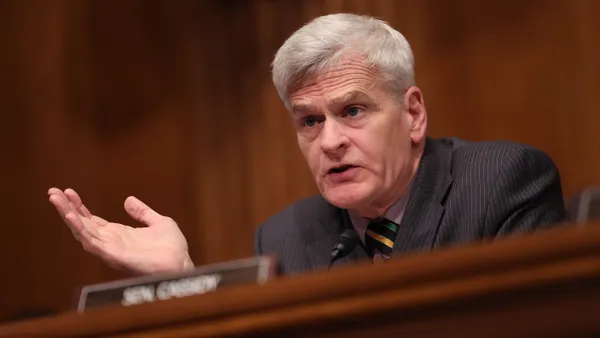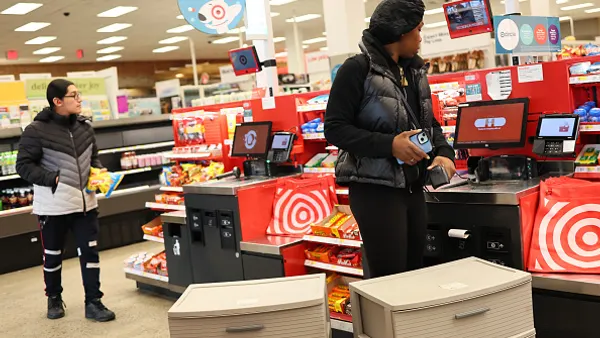Dive Brief:
- Nearly half of employers use a traditional paid leave plan, while 44% offer a single PTO bank, according to the results of a June 17 survey by XpertHR. In traditional plans, leave is organized into categories such as sick leave and vacation. In PTO plans, as defined by XpertHR, all or most leave exists in one bank. Two percent of organizations offer an "other" type of paid leave plan, such as sick leave only or unlimited paid time off. The survey included responses from 457 U.S. employers provided from March 31 to April 24.
- Union status is a strong indicator of whether a company has a traditional or PTO plan, survey results showed. More than three-quarters (77%) of the 71 responding organizations that reported having some union-represented employees said they have a traditional leave plan, compared with 44% of non-union companies. "[A]mong unionized employers, 84% of non-business organizations, 79% of manufacturers, and 63% of services companies have a traditional paid leave plan," said XpertHR.
- Among the 225 employers with traditional paid leave plans, vacation and sick leave were nearly universal — 95% of these organizations said they provide paid vacation leave and 90% said they provide paid sick leave. Other popular leave categories include paid bereavement leave (82%), paid jury duty leave (76%), paid personal days or floating holidays (72%), paid parental leave (41%), paid voting leave (37%) and paid public health emergency leave, such as quarantine leave (36%).
Dive Insight:
Of all the changes the pandemic inflicted, leave policies ranked among those most pertinent to employers. Federal legislation enacted in March — the Families First Coronavirus Response Act (FFCRA) — generally requires that employers with fewer than 500 employees provide two types of emergency paid leave to employees affected by the pandemic. The law expanded the Family and Medical Leave Act to guarantee paid leave if an employee has to care for a child whose school or daycare is unavailable due to COVID-19. It also established a paid sick leave requirement.
Because of concerns that the FFCRA doesn't cover workers at large companies and those in certain essential industries, the House passed a bill, the Health and Economic Recovery Omnibus Emergency Solutions Act, proposing expansions. The Senate has not taken action on it, however.
Some large employers voluntarily expanded leave in response to the COVID-19 threat. Microsoft started offering in April 12 weeks of paid leave to employees dealing with school closures. Walmart rolled out emergency leave after an associated tested positive for COVID-19.
Changes to paid leave had been brewing long before the novel coronavirus struck the U.S., however. President Donald Trump signed the National Defense Authorization Act (NDAA) late last year granting federal workers 12 weeks of paid leave for the birth or placement of a child. And advocates of paid leave, especially paid leave for new parents, have long spoken out for federal legislation providing for the benefit.
States and localities were advancing paid leave efforts before the pandemic with some such as Maine enacting "paid leave for any reason."












